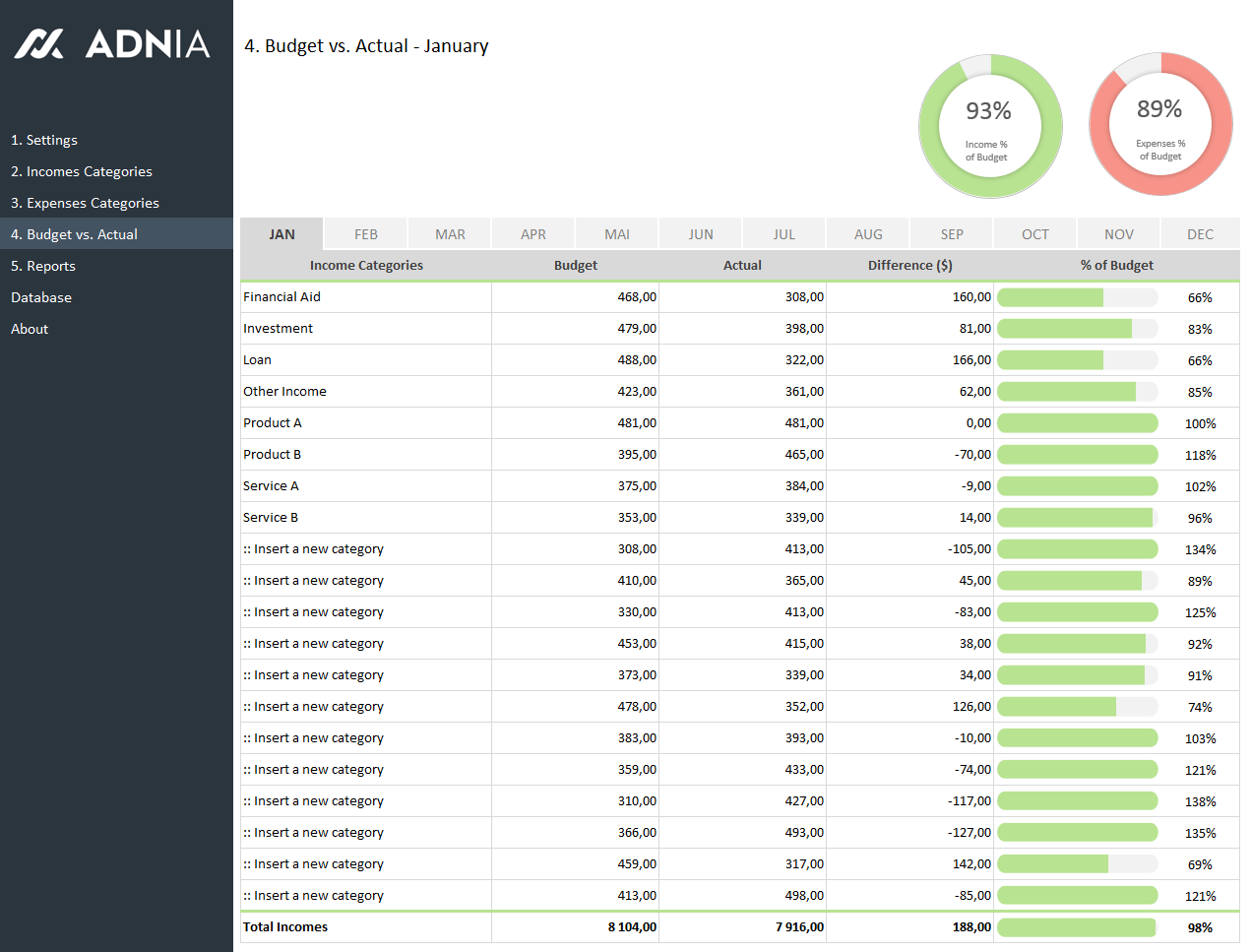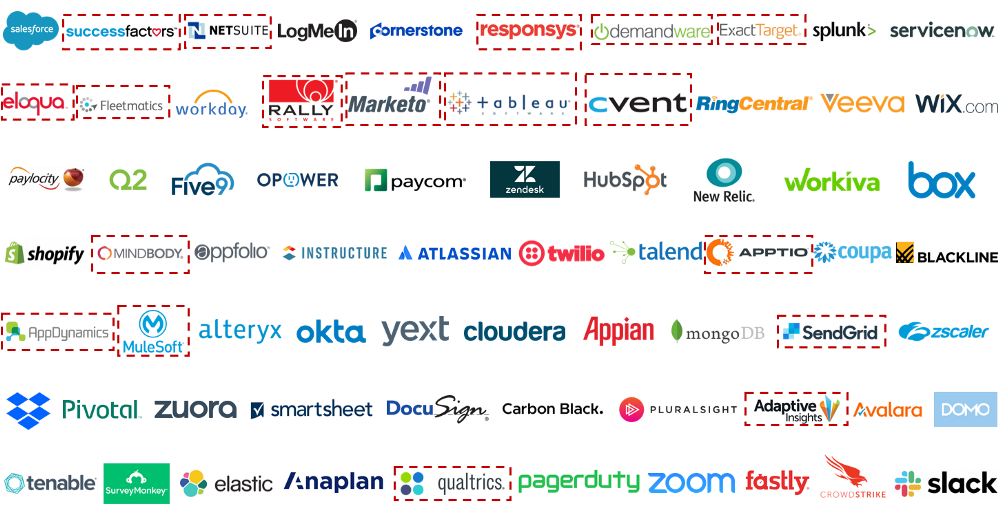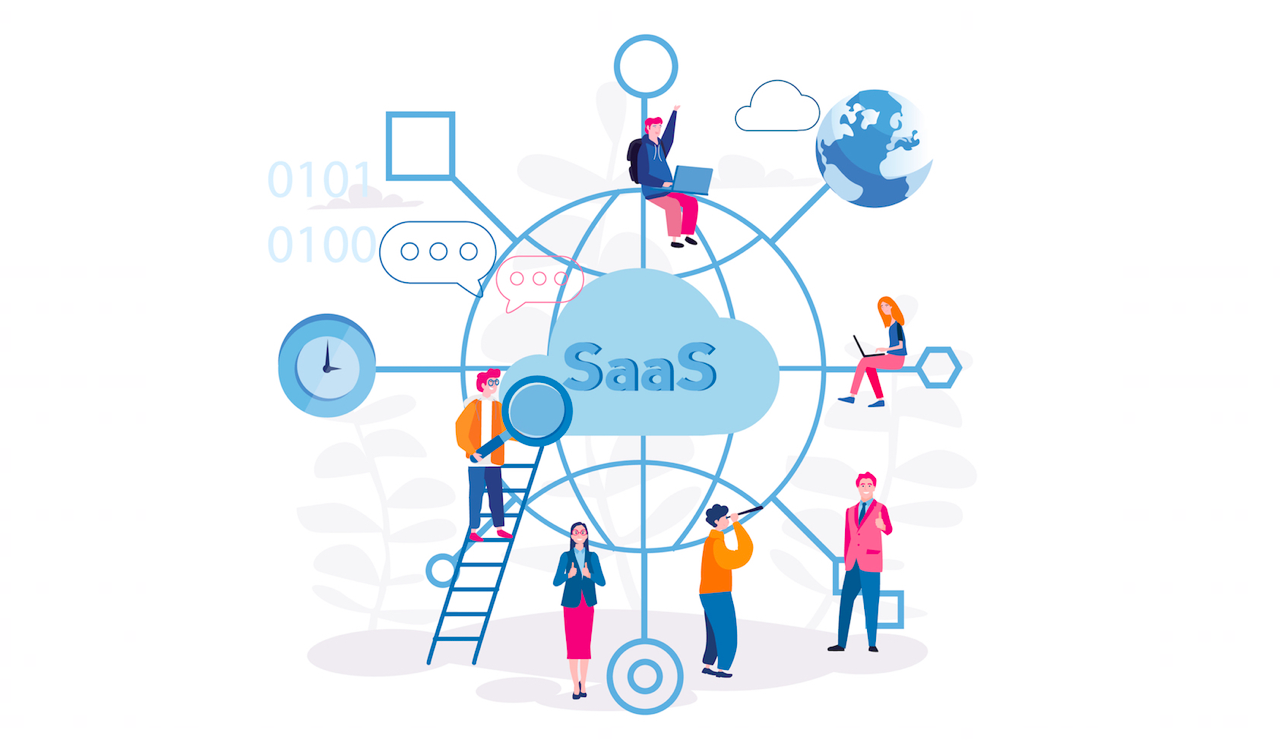At SaaS Capital, we have a lot of respect for GAAP financial statements. We think GAAP financials generally do a better job than cash-based financial statements in reflecting the underlying financial performance of a SaaS business. GAAP is the standard, and if your numbers are not based on GAAP, then they do not actually conform to a standard at all. That said, when it comes to the capitalization of software development costs, GAAP has it dead wrong.
State of the Market:

Here is the good news. Despite GAAP guidelines calling for the capitalization of certain software development expenses, our experience and the experience of our SaaS accounting partners at PlusPoint Consulting, indicates approximately 75% of SaaS businesses are no longer capitalizing software development expenses at all. Even if audited, outside accountants faced with well-reasoned arguments from their clients, are no longer requiring capitalization. So even if you do not fully buy into the arguments below, your SaaS company is in the minority if it is still capitalizing software development expenses.
Software as a Service (SaaS) empowers your company to be better There’s a reason SaaS has become the dominant software model: Its advantages for both providers and customers are numerous. While Salesforce was among the first companies to deploy cloud-based software, today it is by no means the only one, and the cloud has even more to offer. As we have noted in the past, public SaaS company data is the best starting point when valuing a private SaaS business, so we created the SaaS Capital Index (SCI) to be an up-to-date valuation tool for private, pure-play, B2B, SaaS companies to use to help determine their own value. Salesforce is still the largest SaaS company in the U.S., with a market capitalization of $161.4 billion. That’s 2.8x bigger than the value of the second-largest company, ServiceNow ($57.9 billion). Salesforce has also grown the most in value over the past year. Iceweasel descargar.
Background:
Saas Company Meaning

Before the emergence of the SaaS business model, most software firms would make major product releases every few years. Under this construct, accountants decided the costs being incurred to develop the products would be better “matched” to the revenue once the product was released for sale. So, during the product development phase, the salary expenses of the developers were not expensed, but rather they were capitalized and put on the balance sheet.
The accounting gets more complicated in practice because only the expenses incurred after the product is deemed “technically feasible” are capitalized, and then, just the costs of building “enhancements,” not “modifications” are capitalized. The tracking of development costs quickly gets convoluted and relatively arbitrary, and the more costs that are capitalized, the farther the GAAP books drift from the actual cost of running the business. This complexity exists even before the business attempts to determine how to unwind the capitalized asset over the “usable life” of the product enhancement (amortization period).
For the reasons above, we think the original concept of capitalizing software development expenses for software companies with infrequent releases was suspect at best. For SaaS businesses today, however, capitalization makes no sense at all.
Today:
Modern SaaS companies update their products constantly. Daily updates are not uncommon, and products are continually evolving and morphing to meet the demands of the users and the competitive landscape. The rapid pace of modern SaaS development is reflected in vernacular of the agile development methodology which referrers to “sprints.”
In this fast-paced and granular development world, the idea of breaking down developer work efforts into pre- and post-technical feasibility, then deciding what work is an enhancement vs. a modification, then deciding the useful life of the enhancement, and then recording all these costs separately on the books is absurd. It also serves no purpose. Managers and investors add back the capitalized costs and the amortization expenses to get a clearer view of the company’s profitability anyway.

Conclusion:

Saas Company List
We wrote our first blog post on this subject a few years back, and this blog post will be our last on the topic. This case should be closed. The bottom line is, despite GAAP guidelines, few SaaS businesses continue to capitalize software development expenses because it is time-consuming and actually detracts from the usability of the financial statements.
